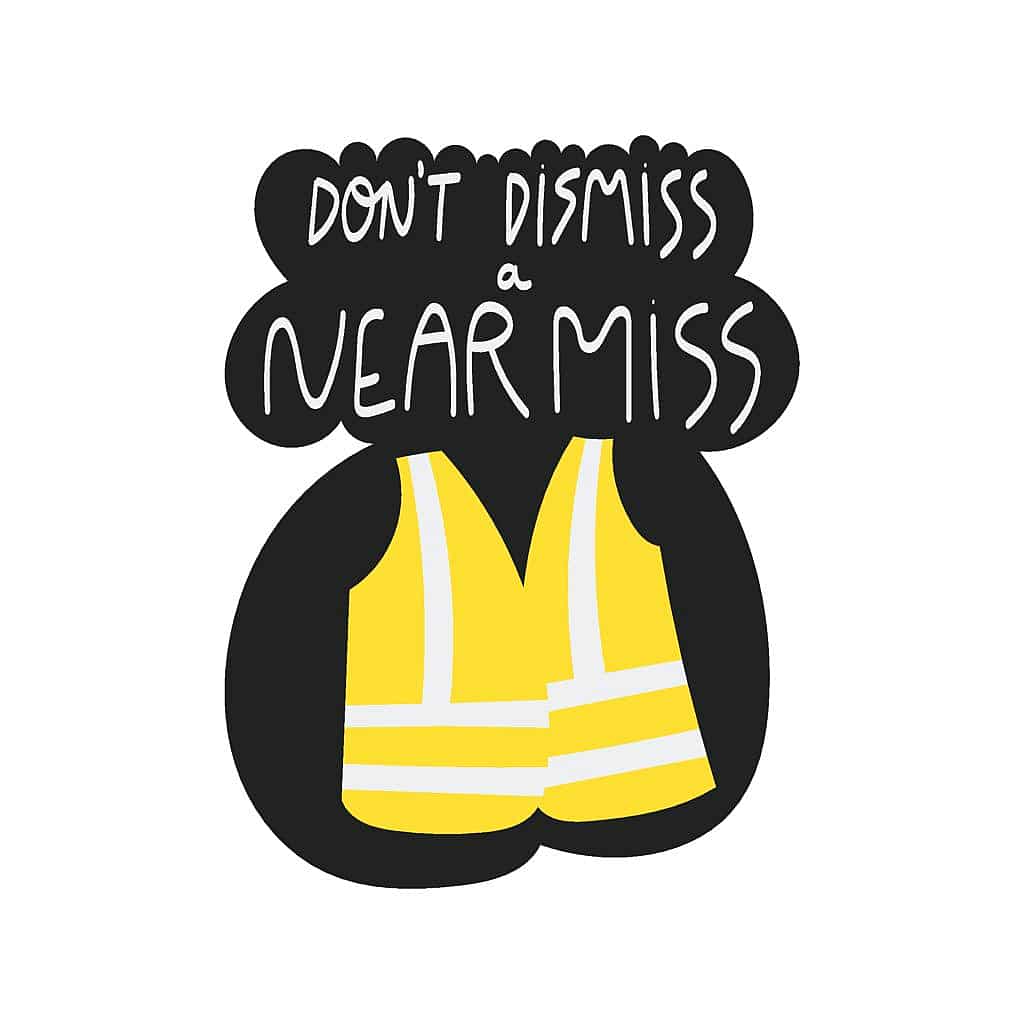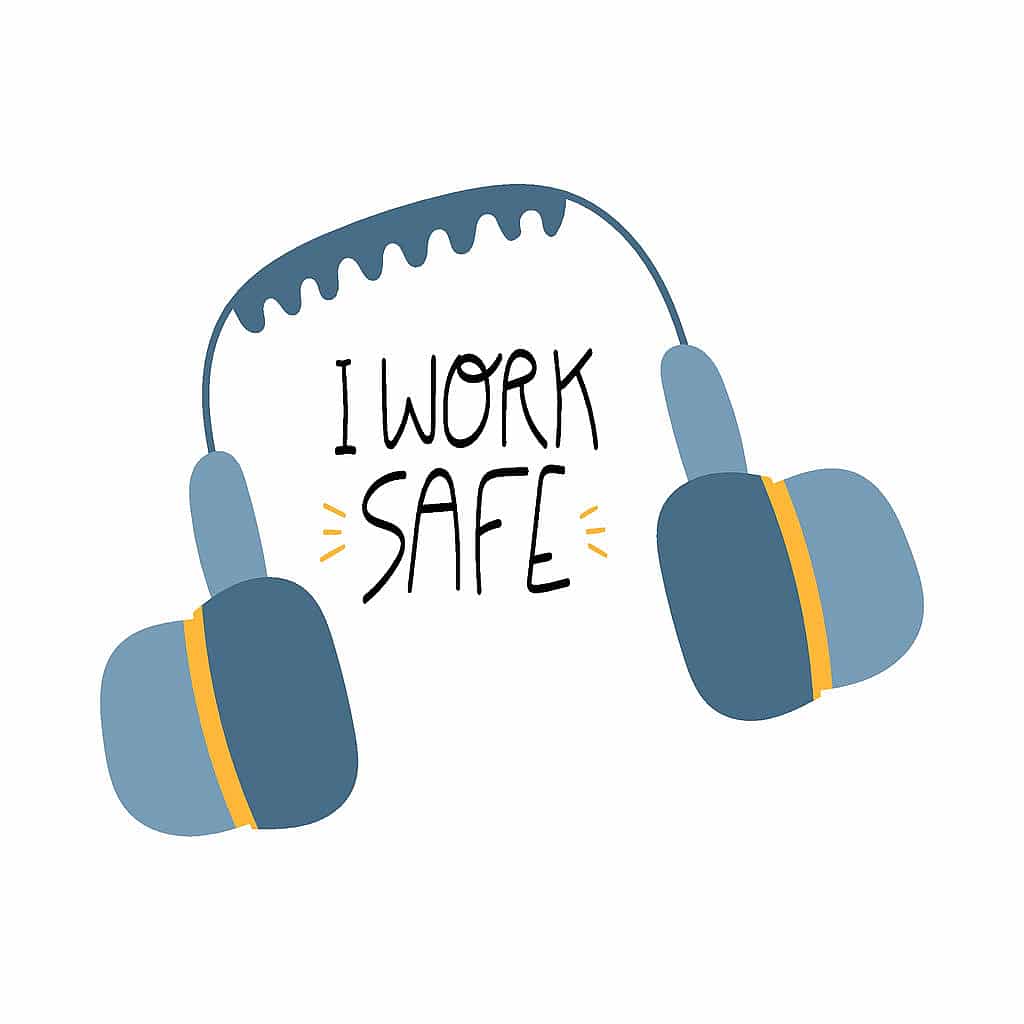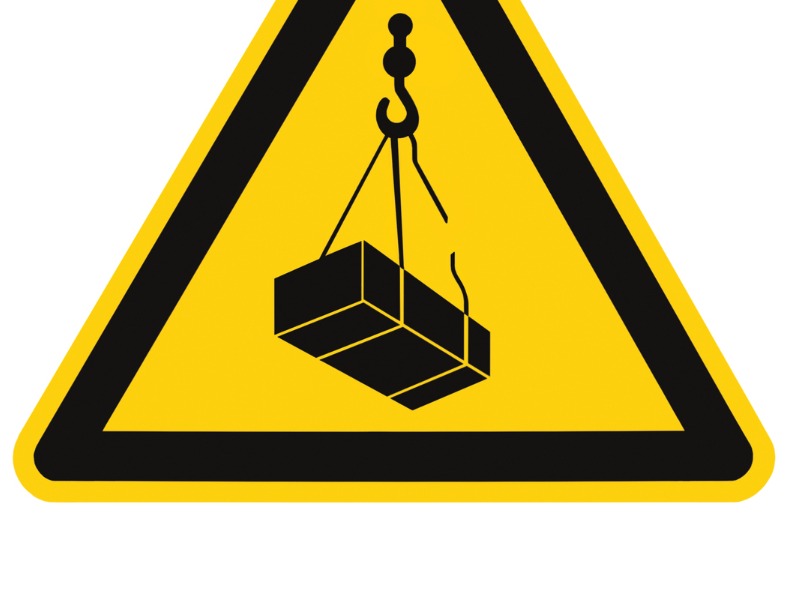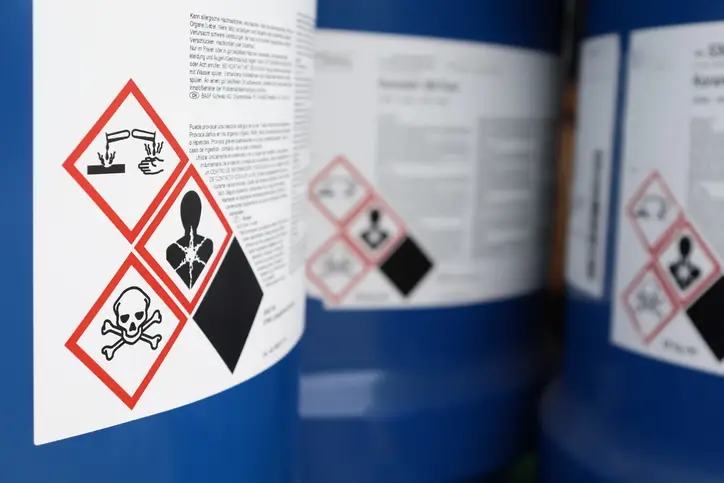OSHA Near-Miss, What you must know!
According to OSHA, a near-miss is a spontaneous occasion that didn’t bring about injury, ailment, or harm – however, it could do as such. Only a lucky break in the sequence of events stopped an accident, fatality, or damage; in other words, a near-miss. A flawed mechanism or management structure is often the root cause of the heightened risk contributing to the near-miss, which should change. Many safety measures are responsive rather than proactive, and certain companies wait for losses to occur before taking preventative measures. Near-miss accidents often precede loss-producing cases, but they are often ignored because little harm is done (no injury, damage, or loss). In addition, a company does not have a reporting culture in which staff is expected to disclose close calls.
As a result, numerous chances to avoid injuries are missed. Throughout history, most loss-producing accidents (incidents), both serious and disastrous, have been followed by warnings or near-miss incidents. Recognizing and monitoring near-miss accidents will significantly increase workplace safety and an organization’s safety culture. To counter near-miss accidents, workers must become aware of preventative measures. This can be accomplished by enrolling yourself in the OSHA 10-Hour and OSHA 30-Hour online training courses since they educate workers about preventing near-miss accidents and identifying and preventing site safety hazards.

Why near-miss reporting is crucial
Regardless of the seriousness, businesses in all global markets have been afflicted by a history of underreporting near misses. This cultural byproduct occurs when confidence levels are low, and employees are afraid of the repercussions of revealing something as heinously branded as a close escape or near miss. Of course, with such harsh language, there is the possibility of guilt. But, on the other hand, a sound catch system has hopeful undertones, implying a carefree atmosphere. So it’s no surprise that businesses are inclined, albeit incorrectly, to record an acute near miss as a decent grab instead.
It can be considered a leading indicator of performance when used in conjunction with other leading and lagging performance indicators. Create an inclusive society in which everyone respectfully shares and contributes to their and their coworkers’ well-being. Make it easy for employees to participate, which is a critical component of an effective safety management scheme. Finally, collect enough data for predictive analysis, correlation analyses, trending, and performance evaluation.

How to report near-miss?
Leadership must develop a monitoring culture that reinforces the importance of acting on any opportunity to detect and monitor risks, minimize danger, and avoid dangerous incidents. The notification method should be non-punitive and confidential if the individual reporting wishes. Investigate near-miss events to determine the root cause and device flaws that occurred in the circumstances that caused the near-miss.
Use the inquiry’s findings to strengthen protection processes, hazard management, risk prevention, and lessons learned. These are tools for preparation, success reviews, and a dedication to quality development. Near-miss monitoring is critical for avoiding debilitating, tragic, and disastrous accidents, which are less common but much more dangerous than other incidents.
What companies should do?
With the support of senior management, develop a strategy and practice that is conveyed to all staff. Encourage a monitoring culture with the guidance and assistance of management and subordinates. Educate staff on why near-miss reporting is essential, their critical position, and the reporting process. Make sure the procedure for monitoring near-misses is simple to grasp. Continue to emphasize the importance of near-miss monitoring and encourage all staff to participate. Using near-miss reporting as a leading indicator, report to the agency on constructive measures to increase occupational safety. Remind staff that disclosing near-misses is not punishable. Consider including incentives to promote reporting and improve the community.
A successful reward will acknowledge employees’ participation in recognizing and monitoring hazards. This practice contributes to improving a reporting culture, staff involvement in substantive protection programs, and the continuation of a risk-reduction mechanism. A weak reward recognizes supervisory and management efficiency dependent on OSHA near-miss recordable rate outcomes. This form of reward has been found to discourage reporting, which can result in disciplinary measures that hinder protection programs. Include preparation as part of prospective hire orientation. For all staff, celebrate the success and importance of the near-miss notification process.
Ensuring success
Near-miss systems are credited with the protection of organizations that adopt them. For example, PIKA, a 130-person organization, has been running the new near-miss program for nearly two years. After the program’s first full year, the company’s OSHA near-miss recordable number dropped from four to one, matching an all-time low for the company.
In only one year, the average injury rate fell from 3.62 to 0.817. Safesite is a mobile app for real-time monitoring of near misses and incidents. Fill out a brief automated incident notification form on a desktop or smartphone to report a near miss (available for free on iOS and Android). Include an overview of the incident and, if applicable, a root cause, possible risks, and photos.
Though reporting near misses to OSHA is unnecessary, it is a perfect way to increase workplace safety and a critical phase of any continuous safety improvement plan. Making near-miss notifications a routine part of daily work ensures that safety is a top priority for all employees. A corporate community that prioritizes safety and watching out for one another boosts morale and efficiency. You are investing money long-term and still taking care of the employees, working tirelessly to ensure the company’s sustainability. To ensure you become well-equipped and aware of every aspect of near-miss hazards, complete your OSHA 10 and 30-Hour online training.





